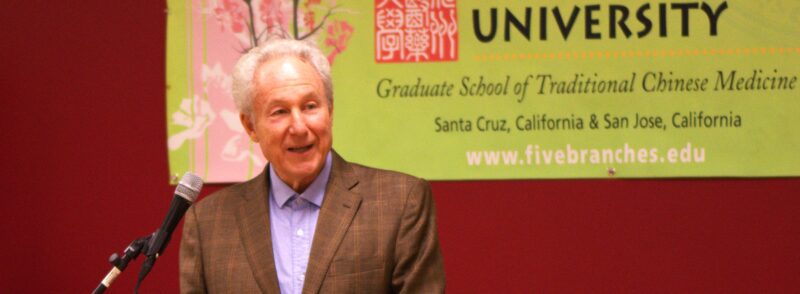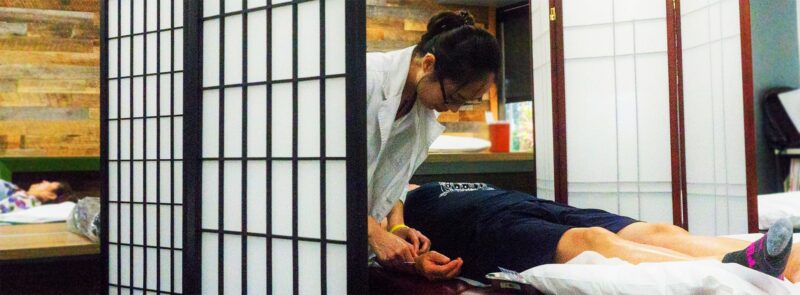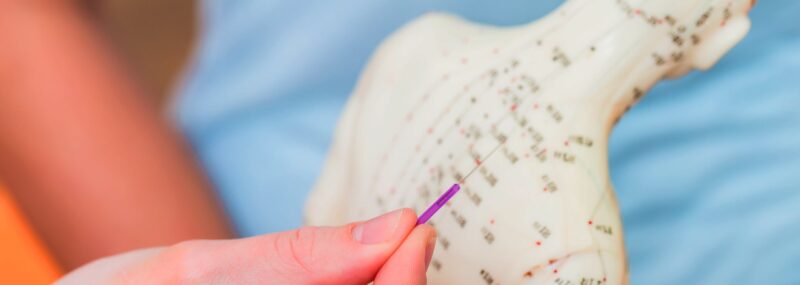Volunteer service is a rewarding and profound experience which has shaped much of my life. I began volunteering at the age of 13 for the San Francisco Zoo and continued on for many years as a docent, giving school and public educational tours. Later in life, my love for travel and volunteering, led me to a rural village in northern Ghana, West Africa as part of the Peace Corps Master’s International Program. I received a Master’s degree in Forestry, and later pursued a career in Utah working in Natural Resources management.
While living in Utah, I became a certified Qigong practitioner. My teachers were all acupuncturists and medical arts practitioners; they taught me that the basis of Qigong and Chinese medicine, is understanding Qi.
My curiosity in the fundamentals of Qi led me to the study of Traditional Chinese medicine at Five Branches University. While pursuing a Master’s degree, I concurrently trained to become a certified massage therapist. The study of massage broadened my knowledge of hands-on human anatomy and helped me tremendously in mapping the meridians and channels of Qi in the body.
After graduation, I became a licensed acupuncturist and began working part-time as a massage therapist and TCM practitioner, slowly easing myself into the profession.
Looking for an opportunity that would combine my passion for volunteering with the desire to heal others, I typed the words “acupuncture” and “volunteer” into an online search engine, and discovered the website for Acupuncture Relief Project.
I submitted an application online to practice Chinese Medicine in the land of the Himalayas, the country of Nepal. Two weeks later, after an interview with Andrew Schlabach, co-founder and president of the Acupuncture Relief Project, I was invited to volunteer with the Third World Medicine Immersion Program.
Acupuncture Relief Project is a non-profit organization which brings primary care providers, such as acupuncturists, physical therapists and massage therapists, to medical care facilities in rural Nepal.
For seven weeks myself, and a team of five volunteer acupuncturists lived in Bhimphedi, a village about 90 km south of the capital city of Kathmandu. We were accompanied by a team of young and energetic interpreters who were invaluable to understanding our patient’s needs and the unique culture of Nepal.
For the seven-week period, I recorded over 370 patient visits, treating a variety of patterns and diseases. Each practitioner was expected to write a detailed case study of one of their patients. I chose a woman who traveled almost three hours to come to our clinic. She was approximately 50 years old and was unable to work due to extreme wrist pain which I eventually diagnosed as De Quervain’s syndrome, inflammation of the tendons of the thumb through repetitive stress and hyperextension. After seven treatments, she reported a 75% improvement in pain relief.
Many of our patients suffered from pain due to repetitive movements. They were laborers and farmers who daily walked up and down steep terraced trails to access their fields, using their hands to collect grass and plants for their livestock. We cleaned infected wounds, checked blood pressure, tested blood sugar, and treated headaches. My confidence in diagnosing patients and using acupuncture increased dramatically, due to the number of patients we saw and roundtable discussions of cases with fellow practitioners.
We worked six days a week, with Sundays off to catch up on washing our clothes, writing in our journals, or hiking to a nearby village. The living conditions were simple and primitive. Auntie, prepared our meals, providing us with simple sustenance such as dal bhat, rice, and lentil curry. We shared rooms, and slept in sleeping bags (it was winter and quite cold with no heating). Laughter, music, dancing and movie nights balanced out our busy days.
The people of Nepal have a most generous and wonderful spirit. When walking to the clinic I was often met with smiles and greetings of “Namaste”. I truly felt accepted as a family member by the Nepali translators/interpreters we worked with daily. They called me “didi” or “ama”, the familiar term for sister or mother (since I was old enough to be their mother). I was humbled when my patients brought me an armload of mustard greens they grew, or a bag of beans or bananas as a thank you for treating them.
Toward the end of my time in Nepal, the weather warmed and the rhododendron trees were ablaze with red blooms. As I reflect back on this experience, I realize what I have gained: the opportunity to live for a short time in another culture, to re-establish the sense of community you experience working in an underserved country, and new and wonderful friendships.
I became a more confident practitioner during my time in Nepal. It was very rewarding to put into practice what I learned during my academic and clinical courses at Five Branches. My studies of herbs and formulas prepared me to prescribe herbal remedies to patients, while western biomedical courses reinforced my role as a primary care provider and the importance of educating patients on the indications and side-effects of prescribed drugs and pharmaceuticals.
In Bhimphedi at our final group meeting, after we said our goodbyes to our patients, our team leader asked “Did you make a difference while here in Nepal?” I believe I made a ripple. I provided acupuncture to patients who came to our clinic, for some, I eased their pain.
I share with you this excerpt from ARP’s Clinic Guide on the elements of service:
“I am thankful for each and every individual who comes to me seeking care. I recognize that the trust that is given to me is a precious gift towards the development of wisdom. I embrace each new challenge as an opportunity to grow as a medical provider and as a compassionate human being.”
Two months have passed since I returned to the US from Nepal. Six weeks after I returned a 7.8 earthquake struck Nepal, killing over 8000 people and leaving more than 250,000 homeless. The village of Bhimphedi was far enough from the epicenter of the quake that the residents did not suffer any major injuries or death. The colleagues I worked with and their families are safe and are assisting the foreign-aid groups in Nepal.
Acupuncture Relief Project is preparing to send teams trained in pain and injury management and PTSD, and is accepting donations for an earthquake relief fund to their sister organization, Good Health Nepal to assist with the rescue and aid of earthquake victims. If you are interested in volunteering or supporting this cause go to: http://acupuncturereliefproject.com.
Margaret Shao, L.Ac. is a licensed acupuncturist and herbalist specializing in women’s health and fertility. She practices at Nurture Acupuncture in both San Ramon and San Jose California. For more information go to: http://nurtureacupuncture.com








